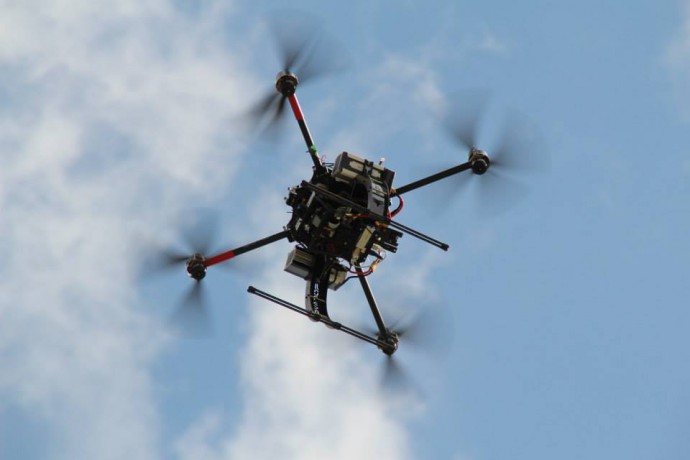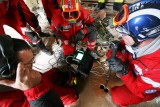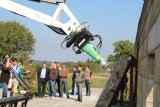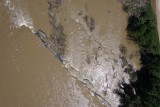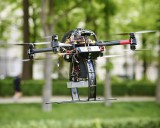American Red Cross takes a serious look at using drones for disaster response and relief
A new study, commissioned by the American Red Cross, calls drones one of the most promising and powerful new technologies to improve disaster response and relief efforts.
Drones outfitted with cameras can broadcast a live video feed to emergency workers, providing them a better understanding of their circumstances. This provides many benefits such as knowing where is safe to set-up their operations. Survivors can be located. The levels of flood waters can be tracked. Supplies, provided they aren’t too heavy, can be delivered.
"If there's a hurricane on its way up the East Coast, and you suspect that you have some high-profile locations in your state or territory, you could use drones to take some real-time snapshots so that you can understand the state of those facilities, say it’s nuclear facilities or schools or hospitals,” said Jerome Ferguson, the director of autonomous systems at UPS, which contributed to the report.
Richard Reed, the senior vice president for disaster cycle services at the American Red Cross, acknowledges that regulation is still a major question mark. Commercial drone operations are illegal in the United States without an FAA-granted exemption, and rules likely won’t be finalised until 2017. Nonetheless he looks forward stating that, “The application and use for this in the disaster environment, I would say is pretty new. There’s lots of opportunities, there’s lots of questions that probably still need to be answered and due diligence needs to be done. But I think at some point this technology will come to bear.”
- Login to post comments

